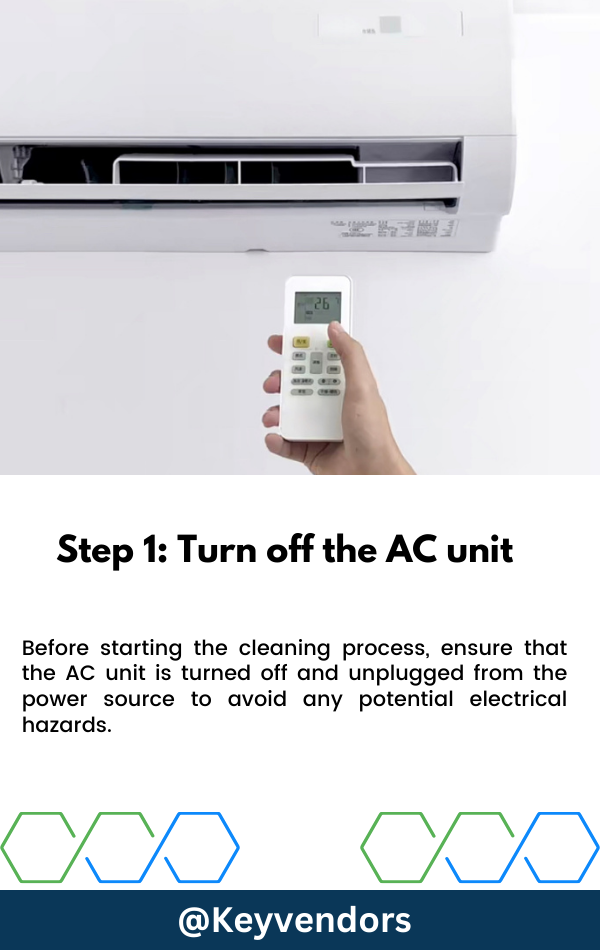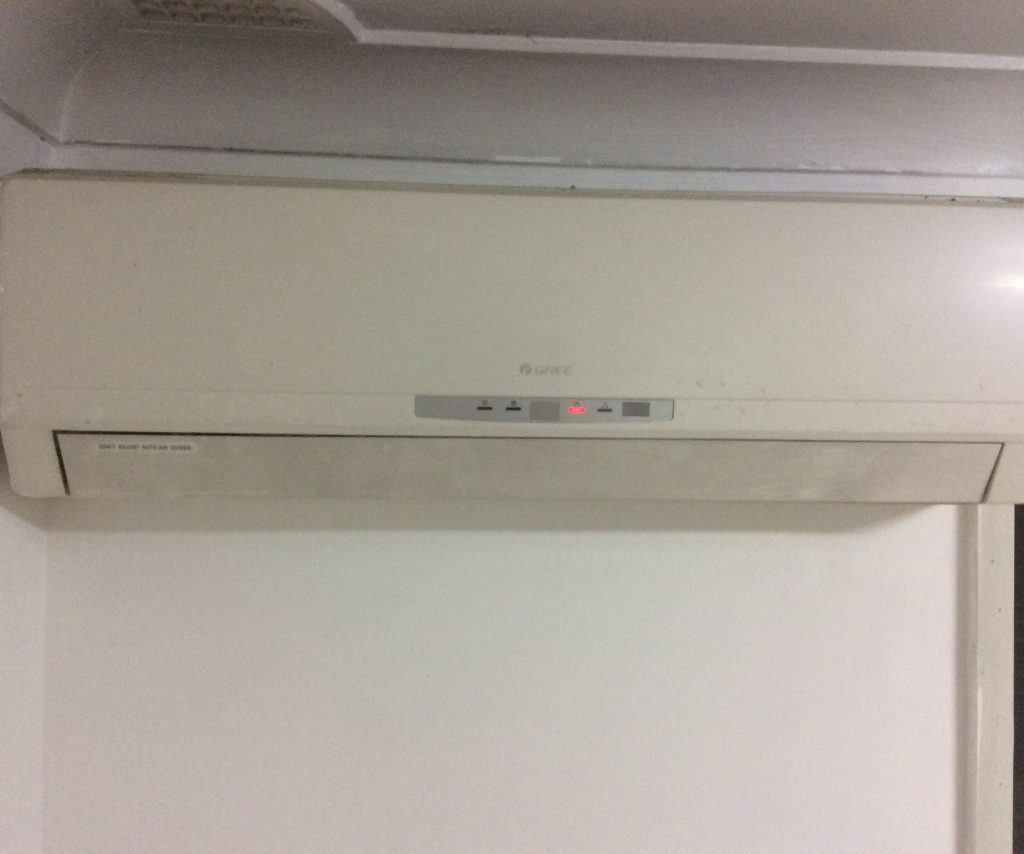

Step-by-Step Guide to Cleaning Your AC Filter for Fresher Air
Maintaining optimal air quality in your home is crucial for your well-being, and a clean air conditioner filter plays a vital role. This guide will walk you through the process of cleaning your AC filter yourself, ensuring clean, fresh air for your entire household. A dirty AC filter hinders your air conditioner’s efficiency, leading to increased energy consumption and potential health concerns. This guide provides a practical solution to this common problem, offering a simple approach to keeping your air conditioner functioning at its best and reducing your energy bills. We’ll explore various filter types, provide detailed instructions, and highlight the crucial steps for effective cleaning. Let’s dive in!
Understanding the Importance of AC Filter Maintenance
Identifying the Benefits of a Clean AC Filter
A clean air conditioner filter is essential for maintaining healthy indoor air quality. A clean filter allows air to flow freely through the AC system. By reducing the amount of dust, dirt, and allergens in the air that circulates through your home, you can dramatically improve indoor air quality and create a healthier environment for you and your family. Studies have shown that improved indoor air quality is directly linked to fewer respiratory issues and allergies. This can be a significant factor in maintaining a healthy home environment. Regular cleaning also prevents dust buildup on the AC coils, which can lead to corrosion and damage to the system over time.
The Impact of Dirty AC Filters on Indoor Air Quality
A dirty air conditioner filter can significantly impact the quality of air in your home. The build-up of dust, pollen, pet dander, and other allergens can quickly clog the filter, reducing its ability to effectively remove these particles from the air. As a result, indoor air quality deteriorates, and you may experience discomfort from breathing these particles. This can lead to various health problems, such as allergies, respiratory issues, and even asthma attacks. A dirty filter also increases energy consumption as the air conditioner works harder to force air through the clogged filter, increasing your utility bills.
Choosing the Right AC Filter for Your Needs
Exploring Different Types of AC Filters
Different types of air conditioner filters are available, each with its own unique characteristics and benefits. Common filter types include pleated filters, electrostatic filters, and HEPA filters. Pleated filters are among the most commonly used for their effectiveness at capturing dust and other particles. Electrostatic filters utilize an electrical charge to attract and trap particles more effectively, while HEPA filters boast an advanced filtration capability, effectively trapping even microscopic particles. Understanding the features of each type will allow you to make an informed decision regarding the best filter for your particular needs and ensure proper cleaning.
Comparing Filter Materials and Their Cleaning Capacity
The material of the filter significantly impacts its ability to trap pollutants. Polyester and fiberglass filters are reasonably affordable and effective at trapping larger particles. High-efficiency filters, such as HEPA filters, are specifically designed to trap even microscopic particles, offering better protection against airborne allergens and pollutants. The choice of material is often a consideration of balance between affordability and performance. Understanding the material composition will give you a better understanding of your filter’s ability to trap dust and allergens.
Step-by-Step Instructions for Cleaning Your AC Filter
Disassembling Your AC Unit
Before you begin cleaning, ensure that the AC unit is turned off and unplugged. Safety should be your primary concern. If the unit is built into a wall or fixture, consult the manual for proper procedures. You want to ensure the unit is completely shut down to avoid any risk or injury. Disconnect the power supply to prevent electrical hazards. This step is crucial for preventing accidents. You will be accessing the interior of the air conditioning unit, so safety is paramount.
Removing the Old Filter
Carefully remove the old filter. Identify the filter’s location in the unit’s housing. Often, it’s located near the front or back of the AC. Carefully check your AC unit manual for specific instructions, as the layout may vary. The exact procedure may differ depending on the type of AC unit. Consult your manual if you are uncertain. Gently remove the filter to avoid damage to the filter or the unit.
Cleaning and Maintaining Your AC Filter
Thoroughly Cleaning the Filter with the Right Method
With the old filter removed, inspect it for any visible damage. If any damage is present, replace the filter. Use lukewarm water and a mild detergent or a specialized AC filter cleaner to gently clean the filter. Avoid harsh chemicals or strong cleaning solutions. Scrub the filter with a soft-bristled brush to remove any stubborn debris. Thoroughly rinse the filter under lukewarm running water to remove any lingering detergent residue. Ensure all cleaning agents are completely rinsed from the filter.
Drying and Replacing the Filter
Allow the filter to dry completely. Avoid direct sunlight or heat sources. A clean, dry environment is critical. Ensure the filter is completely dry before reinstalling it. A damp filter could cause issues in the AC system. Once dry, reinstall the filter into the unit’s housing making sure it is properly aligned and secure.
Ensuring Long-Term AC Performance
Scheduling Regular Maintenance
Routine AC maintenance is essential for preserving the efficiency and lifespan of your air conditioner. Regular maintenance could include inspecting the coils, cleaning the condenser, and checking the refrigerant levels. Schedule an annual inspection and cleaning by a qualified technician to ensure that your system is running optimally. This is a preventative step that will save you money in the long run.
Choosing High-Quality Filters
Investing in high-quality AC filters can contribute to the long-term performance of your air conditioner. These filters are designed to trap a wider variety of particles, ensuring a cleaner and healthier indoor air environment. When choosing a new filter, select one that matches the specifications of your AC unit, and replace the filter periodically, following the manufacturer’s recommendations.
Tips for Optimal AC Maintenance
Identifying and Addressing Issues Promptly
If you notice any unusual noises, performance issues, or unusual odors coming from your AC unit, immediately contact a qualified technician for inspection and troubleshooting. Timely action can prevent further damage and costly repairs. By doing preventative maintenance and acting promptly, you can avoid many problems down the road.
Creating a Schedule for Cleaning Your AC Filter
Develop a regular schedule for cleaning your AC filter, based on your usage. This may vary depending on your climate and household, but aim for cleaning it every one to three months or even more frequently if needed. The creation of a schedule helps maintain clean air for better health.
Frequently Asked Questions
Q: How often should I clean my AC filter?
A: The frequency of cleaning your AC filter depends on several factors, including how often you use your AC, the amount of dust and debris in your area, and the type of filter you have. As a general guideline, for optimal performance and air quality, try to clean your filter every 1-3 months. For particularly dusty areas or high-usage households, you may need to clean it more frequently, while those in cleaner environments could clean less often. Regular cleaning helps prevent buildup of allergens and dust, thereby maintaining air quality and efficiency of your AC system. Always consult your AC’s manual for specific recommendations.
Q: Can I use a regular household cleaner on my AC filter?
A: It’s generally recommended to avoid harsh chemicals or household cleaners for cleaning your air conditioner filter, as these can damage the material and reduce its effectiveness. Instead, use mild detergents or a soft-bristled brush for cleaning. If the filter is very dirty, then carefully rinsing it with lukewarm water can be effective. Be sure to thoroughly dry the filter before reinstalling it. Avoid using bleach or other harsh chemicals, which can damage the filter material and release harmful fumes. A gentle approach is key.
Q: What are the potential consequences of not cleaning my AC filter regularly?
A: Failure to clean your AC filter regularly can lead to several negative consequences. Firstly, a build-up of dust and debris restricts airflow, resulting in reduced efficiency and increased energy consumption. Your air conditioner will have to work harder to maintain the desired temperature, leading to higher energy bills. In addition, the clogged filter can create a breeding ground for mold and bacteria, leading to poor indoor air quality and potentially impacting your health. Over time, this can cause damage to your AC unit. Cleaning your filter regularly not only saves you money and energy but also helps maintain a healthier environment in your home, ensuring better indoor air quality and saving you money in the long run.
In conclusion, cleaning your AC filter regularly is a simple yet effective way to maintain the health of your air conditioner and improve indoor air quality. Following this step-by-step guide ensures you’re doing it correctly, maximizing the efficiency of your AC and extending its lifespan. Don’t forget to schedule regular maintenance for your unit too. For optimal results, consider investing in high-quality filters and keeping your system well-maintained to ensure that your AC is working at its peak efficiency and providing you with clean, fresh air. Ready to get started? Click here for a guide on choosing the right AC filter for your needs!